

Watermelons are one of the favorite fruits of many people during summer period. The sweet, juicy flesh of a watermelon is usually deep red, with many black seeds, though there are some seedless species as well.
Watermelons are largely composed of a very sweet and tasty water which constitutes the delicious flesh of a watermelon. Therefore, although watermelons are seemingly in a solid state, they are mostly liquid. This is why watermelons are being one of the favorite foods during summer seasons. Watermelons provide people with the water they need during hot summer days.
It should not be a secret for those who like to eat watermelons under burning sun that cut and ready to eat watermelons are getting cooler once they are put on direct sunshine for a while. So, why this happens?
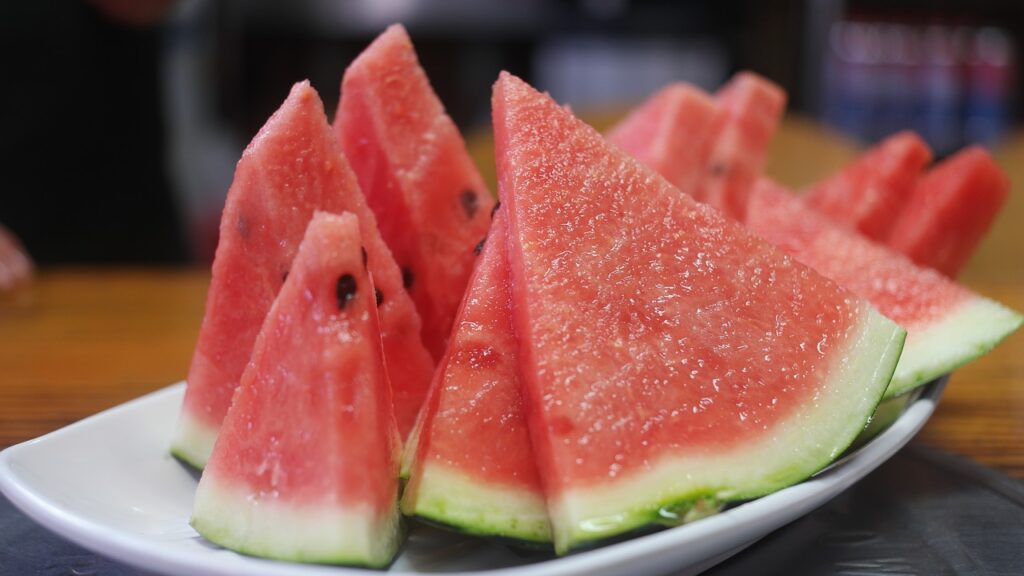
Of course, there is a scientific explanation for this cooling down process.
As we have already mentioned in the previous paragraphs, watermelons are mostly liquid. Almost 92 percent (92%) of watermelons are liquid. As we all know, the liquids evaporate if there is enough heat in the environment. So do watermelon cubes!
The liquid or juice inside the cut flesh of watermelon starts to evaporate as sunshine hits and heats the watermelon. While the liquid on watermelon evaporates, at the same time it absorbs the heat from watermelon. Consequently, the cut watermelon cubes get cooler as they lend their heat to the evaporating liquid.
Although the sunshine cannot create a refrigerator effect, watermelon cools down once it’s exposed to sunshine. As a result, the heat and sunshine makes the watermelon more delicious and cooler.
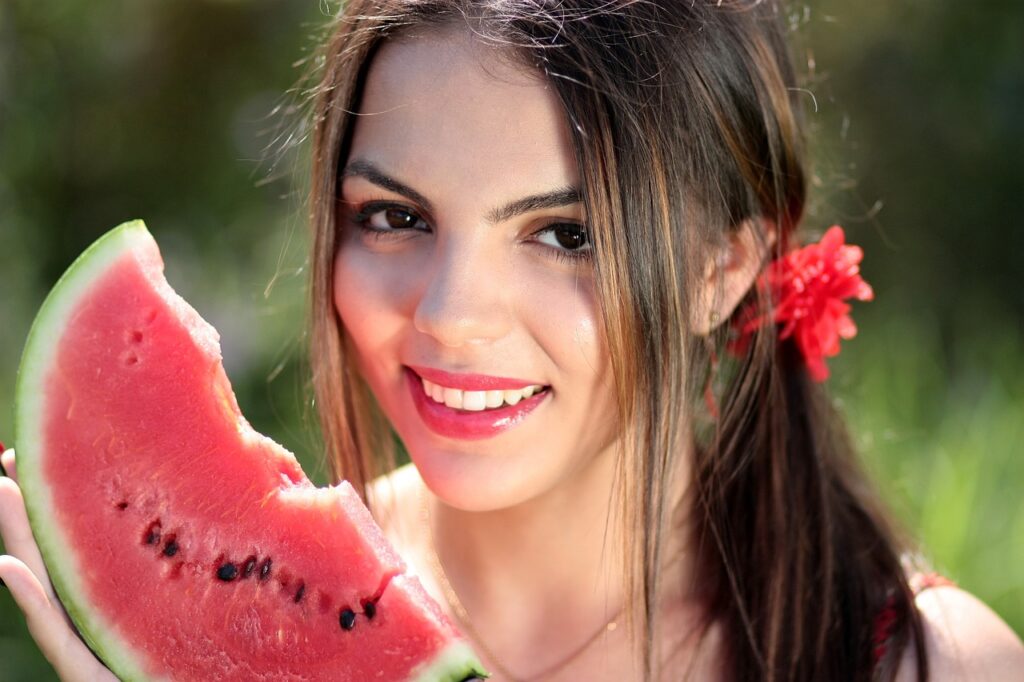
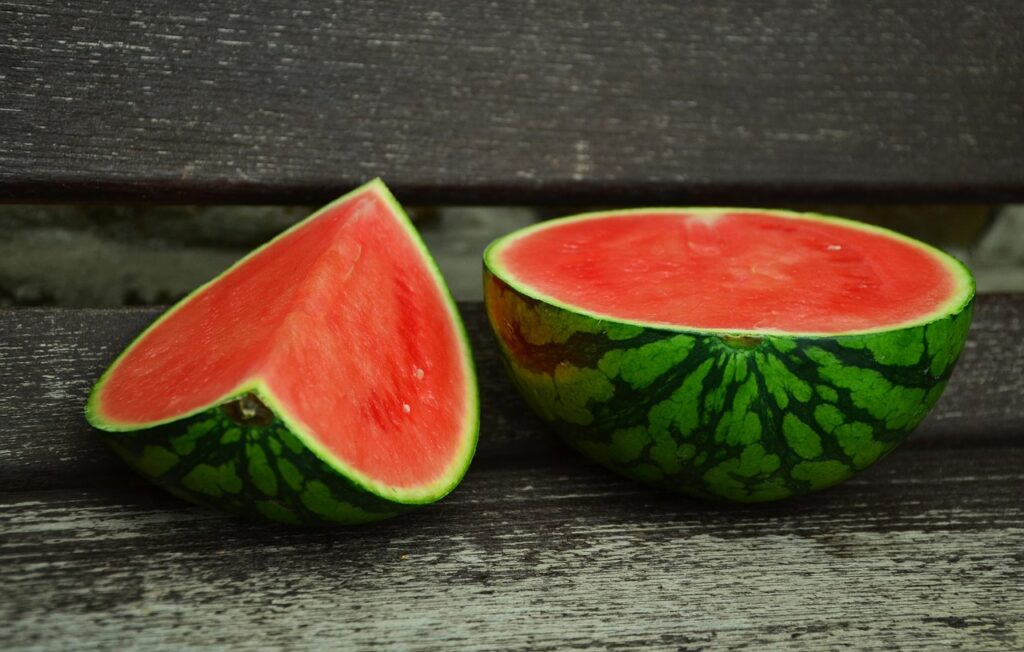
Watermelon is a healthy and nutritious food that have many other benefits for your body.
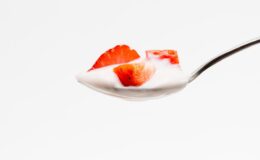 1
Manda sütünün 4 önemli faydası nedir? Manda sütü mü inek sütü mü daha faydalı? Manda yoğurdunun 8 faydası…
1
Manda sütünün 4 önemli faydası nedir? Manda sütü mü inek sütü mü daha faydalı? Manda yoğurdunun 8 faydası…
 2
Muradına ERENler 1 ve 2
2
Muradına ERENler 1 ve 2
 3
Coca Cola’nın içinde eskiden kokain var mıydı? 1929 yılına kadar Coca Cola’da kokain mi kullanılıyordu?
3
Coca Cola’nın içinde eskiden kokain var mıydı? 1929 yılına kadar Coca Cola’da kokain mi kullanılıyordu?
 4
Kan grubunuz ne? Kan grubuna göre beslenmenizi şekillendirin – 4 kan grubuna özel öneriler
4
Kan grubunuz ne? Kan grubuna göre beslenmenizi şekillendirin – 4 kan grubuna özel öneriler
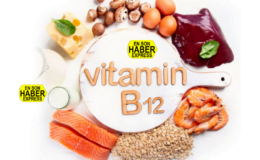 5
B12 vitamini eksikliği ne anlama geliyor? B12 vitamini için ideal seviye nedir? B12 vitamininin faydaları nelerdir?
5
B12 vitamini eksikliği ne anlama geliyor? B12 vitamini için ideal seviye nedir? B12 vitamininin faydaları nelerdir?
 6
D vitamini eksikliği: Nedenleri nelerdir? D vitamini düşüklüğü ne anlama geliyor??
6
D vitamini eksikliği: Nedenleri nelerdir? D vitamini düşüklüğü ne anlama geliyor??
 7
Kahve zararlı mı faydalı mı? Kahvenin faydaları nelerdir? Kahvenin zararları nelerdir?
7
Kahve zararlı mı faydalı mı? Kahvenin faydaları nelerdir? Kahvenin zararları nelerdir?
 8
Sürekli burun akıntısı: Neden olur? Tedavisi var mı? Bu sorunu yaşayanlar için 3 tavsiye…
8
Sürekli burun akıntısı: Neden olur? Tedavisi var mı? Bu sorunu yaşayanlar için 3 tavsiye…
 9
Sakız çiğnemenin faydaları nelerdir? Sakız çiğnemenin 7 faydası
9
Sakız çiğnemenin faydaları nelerdir? Sakız çiğnemenin 7 faydası